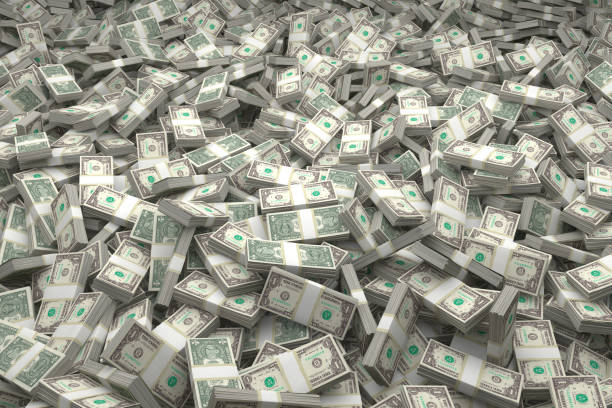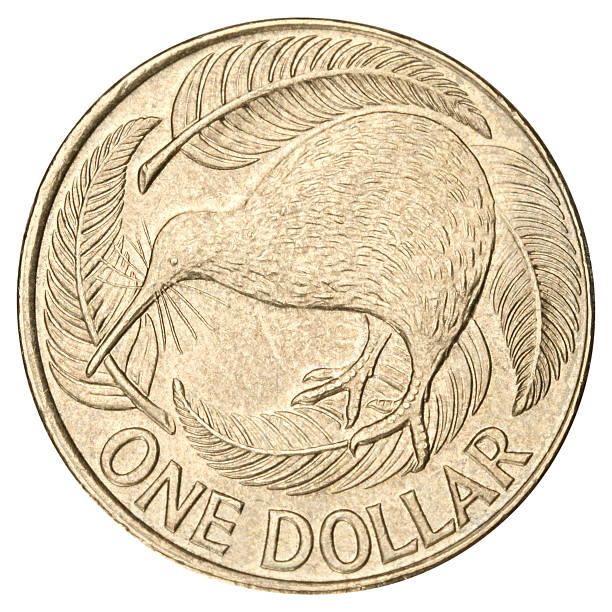The New Zealand dollar tumbled after the Reserve Bank of New Zealand (RBNZ) raised its benchmark rate by 25 basis points, in line with expectations, but signaled it may be done with tightening. The New Zealand central bank was widely expected to hike the cash rate by 25 basis points to 5.5%, albeit a smaller hike than the 50 bps move in April on persistent price pressures. The pace of the tightening has slowed as the previous hikes spill over on to the economy – macro data has underwhelmed in recent months and consensus NZ economic growth expectations for this year have been downgraded sharply since April. Some in the market had expected rates to peak at 5.75% in the cycle as inflation has moderated from a three-decade high of 7.3% to 6.7% but is still way above RBNZ’s 1%-3% target band just as the job market, including wage growth, remains strong. However, RBNZ’s acknowledgement that rates are at peak has weighed on NZD.

Meanwhile, Risk Sentiment Has Taken a Back Seat Given.
limited progress in Washington to raise the US government’s debt ceiling, and the scaling back in expectations of a Fed rate cut this year after hawkish remarks from several Fed officials. Money markets expect the Fed to keep rates on hold at its next meeting in June but have pushed back rate the first rate cut to the end of the year from mid-2023. The risk-sensitive NZD/USD has pulled back as a result within its well-established range since March, pushing back bullish prospects highlighted in the previous update. See “Is the New Zealand Dollar Turning Corners? Price Setup in NZD/USD, AUD/NZD, GBP/NZD”, published May 12. Any break below the crucial support at the March low of 0.6085 would negate the optimistic outlook. On technical charts, NZD/USD has been boxed in a 0.6085-0.6385 range since early March. Any breakout from the range could open the door for a 300-pip move – the price objective based on the width of the pattern.

